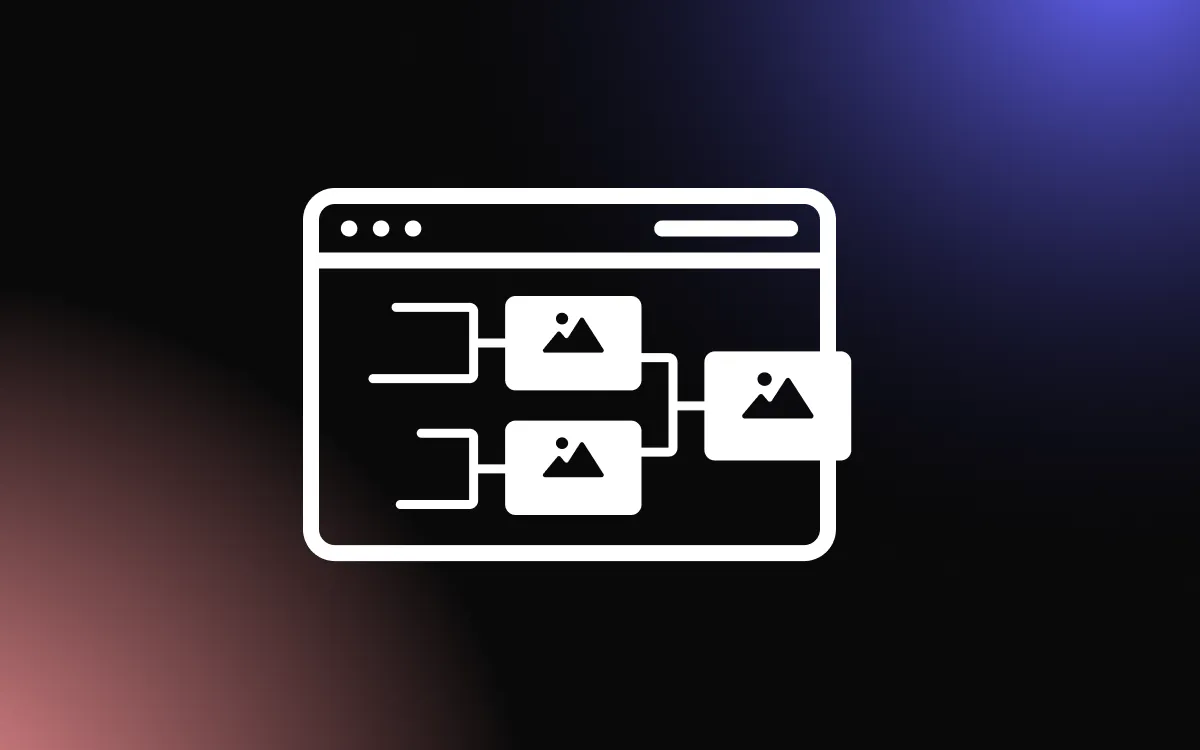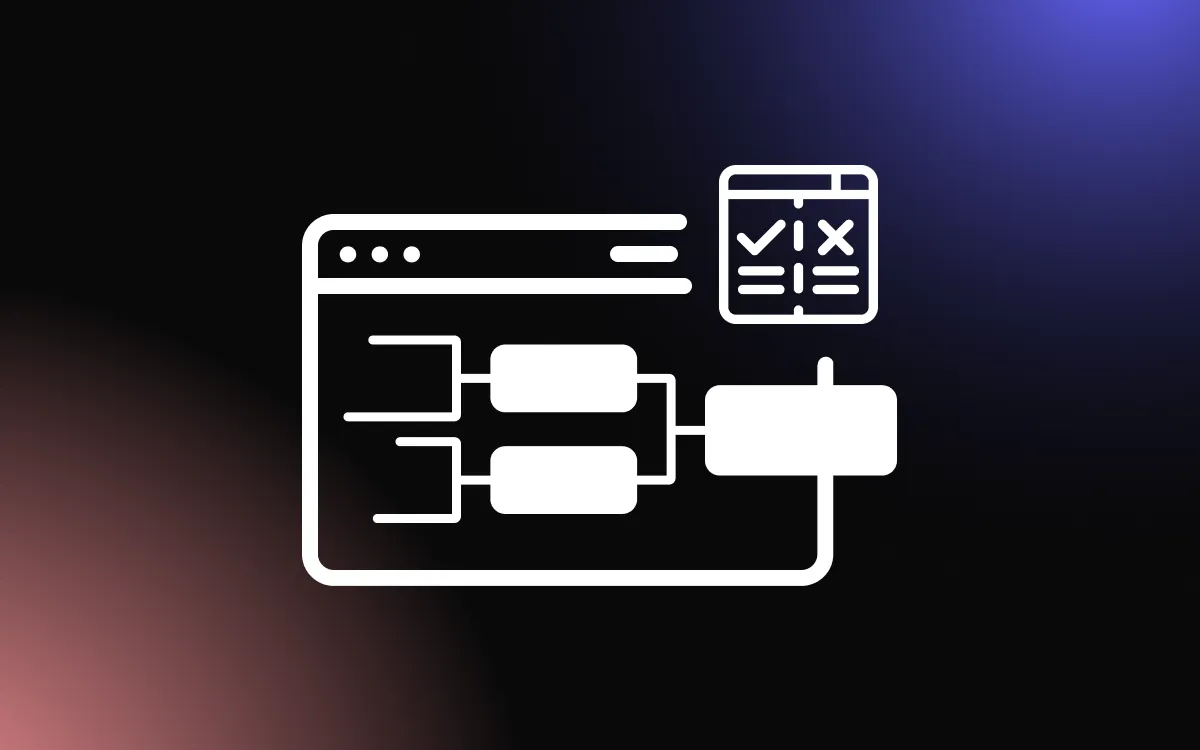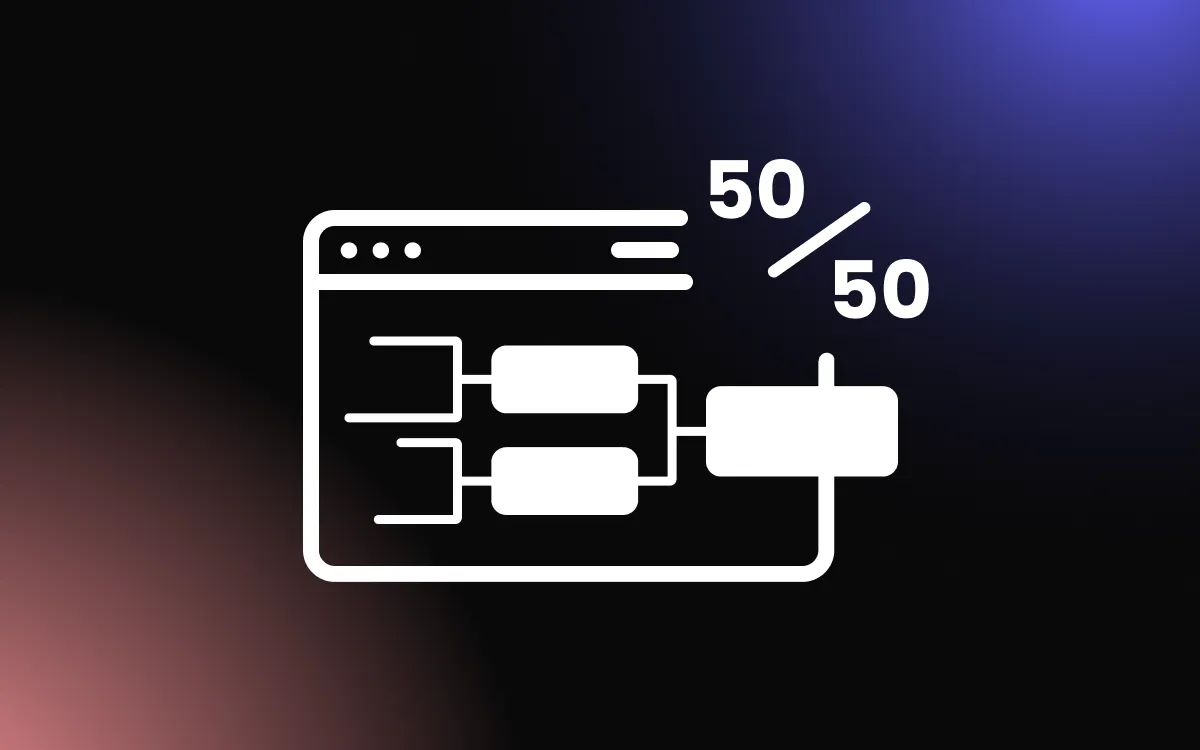
Group stage tournaments have long been a staple in the world of competitive events, from sports leagues to esports championships. When organized effectively, they offer a thrilling blend of competition, unpredictability, and drama that keeps both participants and spectators deeply engaged. However, the key to maximizing this engagement lies in meticulous planning, understanding your audience, and leveraging the unique dynamics of group stage formats.
This article will guide you through the steps and strategies to organize a group stage tournament that not only runs smoothly but also captivates your audience from start to finish. As part of our guide, we'll also suggest the best group stage bracket-making tool.
Understanding the Group Stage Format
Basics of the Group Stage System
The group stage format is a prevalent system in many tournaments, designed to categorize participants into smaller clusters or "groups." Typically, teams or players within each group compete against each other, often in a round-robin manner. Points are awarded based on performance, with wins, draws, and losses usually carrying different point values.
At the end of the group matches, a predetermined number of top performers from each group advance to the next stage, which could be another group stage or a knockout phase. This system ensures that participants have multiple opportunities to compete, rather than facing elimination after a single loss.
Advantages Over Single and Double Elimination
The group stage format offers several advantages over single and double elimination systems. Firstly, it guarantees participants a set number of matches, allowing teams or players to recover from an early setback. This format reduces the impact of a single bad day or an unfortunate matchup, ensuring that consistent performance is rewarded.
Secondly, it provides spectators with more matches to enjoy and a broader overview of the participants' capabilities. Lastly, the group stage can create dramatic scenarios where everything hinges on the final matches, adding an element of suspense and excitement to the tournament.
Common Sports and Events Using Group Stages
Group stages are a staple in many prominent sports and events worldwide. Football (soccer) tournaments, such as the FIFA World Cup and the UEFA Champions League, heavily rely on group stages to determine which teams advance to the knockout rounds.
Cricket's ICC World Cup, rugby's World Cup, and many esports tournaments also employ this format. Beyond sports, various competitive events, from board game championships to academic decathlons, utilize group stages to ensure a fair and comprehensive competition experience.
Designing the Group Structure
Determining the Number of Groups
One of the initial challenges in designing a group structure is deciding on the number of groups. This decision often hinges on the total number of participants and the desired format of the subsequent stages.
For instance, if the intention is to have a knockout phase with 16 teams, then four groups of four teams each might be ideal. The number of groups can also be influenced by logistical considerations, such as the duration of the tournament and the availability of venues. It's crucial to strike a balance between ensuring a comprehensive competition and maintaining a manageable and engaging format for both participants and spectators.
Deciding on Group Sizes
Once the number of groups is determined, the next step is to decide on the size of each group. This decision impacts the total number of matches in the group stage and can influence the overall competitiveness. Smaller groups might lead to more intense competition, as each match becomes crucial for qualification.
However, larger groups ensure that teams or participants have more opportunities to recover from a poor performance. The choice also depends on the total number of participants; for example, a tournament with 32 teams could have eight groups of four or four groups of eight, each with its own set of advantages and challenges.
Seeding and Drawing Teams/Participants
Seeding is a method used to distribute the stronger and weaker teams or participants across different groups, ensuring a balanced competition. Teams are ranked based on past performances, recent achievements, or other relevant criteria.
Once seeding is done, a draw is conducted to place teams into groups. This can be a straightforward process, or it can involve complexities like ensuring teams from the same region or country don't face each other early on. The drawing process is often a significant event in itself, generating anticipation and excitement as participants and fans await their fate.
Maximizing Engagement Through Scheduling
Prime Time Matches
One of the most effective ways to maximize viewer engagement is by scheduling marquee matches during prime time. These are slots when the majority of the target audience is available, typically evenings or weekends. By placing high-stakes or rivalry games during these hours, organizers can ensure maximum viewership, tapping into the heightened anticipation and excitement of the audience.
Prime time matches not only boost television ratings but also enhance the live atmosphere in stadiums, creating a vibrant and electric environment that adds to the overall spectacle.
Spacing Out Key Fixtures
While it's tempting to pack all blockbuster matches close together, it's essential to space out key fixtures throughout the tournament's duration. This approach ensures sustained interest and keeps the audience hooked from the beginning to the end.
By spreading out major games, organizers can avoid viewer fatigue and ensure that every phase of the tournament has its highlights. This strategy also provides teams with adequate rest and preparation time, ensuring that the quality of play remains high and that players are at their best for crucial encounters.
Ensuring Variety in Match-ups
Variety is the spice of life, and this holds true for tournament scheduling as well. To keep the audience engaged, it's vital to ensure a mix of match-ups, showcasing different teams, styles, and narratives. This variety offers something for everyone, from the neutral fan to the die-hard supporter.
By rotating teams and avoiding repetitive fixtures, organizers can present fresh and intriguing contests that capture the imagination. This approach not only enhances viewer engagement but also provides teams with diverse challenges, testing their adaptability and versatility.
Venue and Location Considerations
Selecting Suitable Venues
Choosing the right venue is paramount to the success of any tournament. The ideal venue should not only meet the technical requirements of the sport but also enhance the overall spectator experience. Factors such as pitch quality, seating capacity, lighting, and acoustics play a crucial role.
Historical significance and the ambiance of a venue can also add to its allure. For instance, iconic stadiums or arenas that have witnessed memorable moments in the past can elevate the prestige of a match and draw larger crowds.
Geographical Distribution for Wider Reach
While it might be convenient to host all matches in one city or region, spreading out the venues geographically can lead to a wider reach and engagement. By taking the tournament to different cities or even countries, organizers can tap into local fan bases, ensuring packed stadiums and diverse crowds.
This geographical distribution also allows different regions to experience the thrill of hosting, fostering a sense of inclusivity and shared ownership of the event. Moreover, it provides teams with varied playing conditions, adding another layer of complexity and challenge to the competition.
Accessibility and Amenities for Spectators
A venue's location and the amenities it offers are critical for ensuring a positive experience for spectators. Easy accessibility, whether by public transport or private vehicles, can significantly influence attendance. Ample parking, clear signage, and efficient crowd management systems are essential to handle large influxes of fans.
Inside the venue, amenities such as clean restrooms, diverse food and beverage options, and dedicated fan zones can enhance the spectator experience. Additionally, provisions for differently-abled fans, like ramps and special seating areas, ensure that the venue is inclusive and welcoming to all.
Leveraging Media and Technology
Live Streaming and Broadcast Partnerships
In today's digital age, live streaming and broadcast partnerships are pivotal in bringing the action of a tournament to a global audience. Securing deals with major broadcasters ensures that the event reaches households worldwide, while live streaming caters to the ever-growing online audience.
Platforms like YouTube, Twitch, and various sports-specific streaming services have revolutionized how fans consume content, allowing them to watch from any device, anywhere, and at any time. These partnerships not only amplify the reach but also enhance the viewing experience with features like multi-angle replays, expert commentary, and real-time statistics.
Interactive Apps and Websites
To further engage with the tech-savvy audience, many tournaments now offer dedicated apps and websites. These platforms provide a one-stop-shop for fans, offering live scores, match schedules, player profiles, and more. Interactive features like fantasy leagues, polls, and quizzes keep the audience engaged even outside of match hours.
Push notifications ensure that fans never miss a moment, while integration with virtual and augmented reality can offer immersive experiences, like virtual stadium tours or 3D match highlights. Such apps and websites, with their user-friendly interfaces and rich content, play a crucial role in deepening fan engagement and loyalty.
Social Media Engagement and Hashtag Campaigns
Social media has emerged as a powerful tool for amplifying the buzz around a tournament. Platforms like Twitter, Instagram, Facebook, and TikTok allow organizers, teams, and players to interact directly with fans. Hashtag campaigns can create a unified narrative, encouraging fans worldwide to join the conversation.
Behind-the-scenes content, player takeovers, and fan-generated content can make followers feel like they're part of the journey. Real-time updates, memes, GIFs, and short video clips cater to the short attention spans of the digital generation, ensuring that the tournament remains a trending topic throughout its duration.
Enhancing the Spectator Experience
Fan Zones and Interactive Booths
One of the cornerstones of a memorable spectator experience is the creation of fan zones and interactive booths. These dedicated areas, often set up within or near the venue, offer fans a chance to immerse themselves in the event's atmosphere beyond just the matches. From photo opportunities with life-sized player cutouts to virtual reality simulations of iconic game moments, these zones provide a plethora of engaging activities.
Interactive booths can offer fans a chance to test their skills, be it a penalty shootout booth in a football tournament or a fast-bowl challenge in a cricket event. Such zones not only enhance the on-ground experience but also create lasting memories for attendees.
Engaging Commentary and Analysis
The narrative of a match is significantly enriched by insightful commentary and analysis. Engaging commentators, with their blend of expertise, wit, and anecdotes, can elevate the viewing experience, making even the most mundane moments come alive.
In-depth pre-match and post-match analysis, featuring experts and former players, provides spectators with a deeper understanding of strategies, player forms, and game dynamics. The use of technology, like virtual chalkboards and real-time statistics, further adds layers to the analysis, making it both informative and entertaining.
Incentives for Audience Participation
To foster a vibrant and electric atmosphere, it's essential to keep the audience involved and invested. Incentives for participation, such as contests where fans can predict match outcomes, or "fan of the match" awards, can boost engagement levels.
Interactive elements, like giant screens displaying fan tweets or live cameras capturing audience reactions, can make spectators feel like an integral part of the event. Special cheers, anthems, or coordinated light shows can also be orchestrated, uniting the crowd in a shared celebratory moment.
Best Group Stage Bracket Maker

Group stages are the heartbeat of many tournaments, setting the stage for intense competition and unexpected outcomes. As the anticipation builds, having a reliable and efficient bracket maker becomes essential. Look no further than Common Ninja's Bracket Widget. Recognized as the best group stage bracket maker, it offers a blend of simplicity and versatility.
Whether you're organizing a soccer league, an eSports championship, or a board game tournament, this widget caters to all. Its intuitive design allows for easy setup, while its dynamic updates keep participants engaged. Say goodbye to manual updates and hello to a streamlined group stage experience. Dive in, explore its features, and discover why many consider it the gold standard in bracket creation.
Addressing Potential Challenges
Ensuring Fair Play and Sportsmanship
One of the primary concerns in any competitive event is upholding the principles of fair play and sportsmanship. This not only involves ensuring that participants adhere to the rules but also promoting a culture of respect and integrity.
Implementing stringent anti-doping measures, employing unbiased referees or judges, and using technology like Video Assistant Referees (VAR) in football or Decision Review System (DRS) in cricket can help in making accurate decisions. Additionally, educational programs and workshops for participants about the importance of sportsmanship can instill values that go beyond just winning.
Handling Logistical Hurdles
Organizing a large-scale event comes with its set of logistical challenges. From ensuring the availability of venues to coordinating transportation for teams and equipment, meticulous planning is crucial. It's essential to have contingency plans in place, be it for unexpected weather disruptions or technical glitches.
Efficient crowd management, especially in high-stakes matches with massive turnouts, is vital for safety and ensuring a smooth spectator experience. Collaborating with local authorities, employing trained staff, and using advanced ticketing systems can aid in streamlining operations.
Addressing Tie-breaker Scenarios
In competitive events, especially those with group stages, tie-breaker scenarios are inevitable. Clear and transparent criteria for breaking ties are essential to avoid confusion and potential disputes.
Whether it's based on head-to-head results, goal difference in sports, or any other metric, these rules should be communicated clearly to all participants and stakeholders beforehand. In some cases, additional tie-breaker rounds or matches might be necessary, and provisions for these should be made in the scheduling and format.
Post-Tournament Engagement
Celebrating Winners and Memorable Moments
Once the final whistle blows or the last match concludes, the celebration begins. Recognizing and celebrating the winners is essential, but it's equally important to highlight memorable moments that defined the tournament.
This can be achieved through award ceremonies, highlight reels, and special accolades for standout performances. Such celebrations not only honor the achievements of participants but also provide fans with a sense of closure and a recap of the event's most thrilling moments.
Gathering Feedback for Future Improvements
The end of a tournament is also an opportune time to gather feedback from participants, spectators, and stakeholders. Surveys, focus group discussions, and online feedback forms can provide valuable insights into what worked and what areas need improvement.
This feedback is crucial for refining the format, addressing logistical challenges, and enhancing the overall experience in future editions. By actively seeking and valuing feedback, organizers demonstrate a commitment to continuous improvement and stakeholder satisfaction.
Maintaining Momentum Between Tournaments
The period following a tournament offers a unique opportunity to maintain engagement and build anticipation for the next edition. Leveraging social media platforms to share behind-the-scenes content, interviews with participants, and fan-generated content can keep the buzz alive.
Organizers can also host off-season events, workshops, or exhibition matches to sustain interest. Engaging in community outreach, such as grassroots programs or training camps, can further the sport or event's reach and cultivate a dedicated fan base.
Conclusion
Organizing a group stage tournament is no small feat, but the rewards in terms of engagement and excitement are well worth the effort. By focusing on clear communication, fair competition, and creating moments of drama and anticipation, you can elevate the experience for everyone involved.
Remember, the essence of a successful group stage tournament lies not just in the games or matches themselves but in the stories, rivalries, and narratives that unfold along the way. As you embark on your journey to organize such an event, keep your audience at the forefront of your planning, and aim to create an experience that resonates, entertains, and leaves a lasting impact. With careful planning and a focus on engagement, your group stage tournament can become a memorable event that participants and spectators eagerly anticipate year after year.


